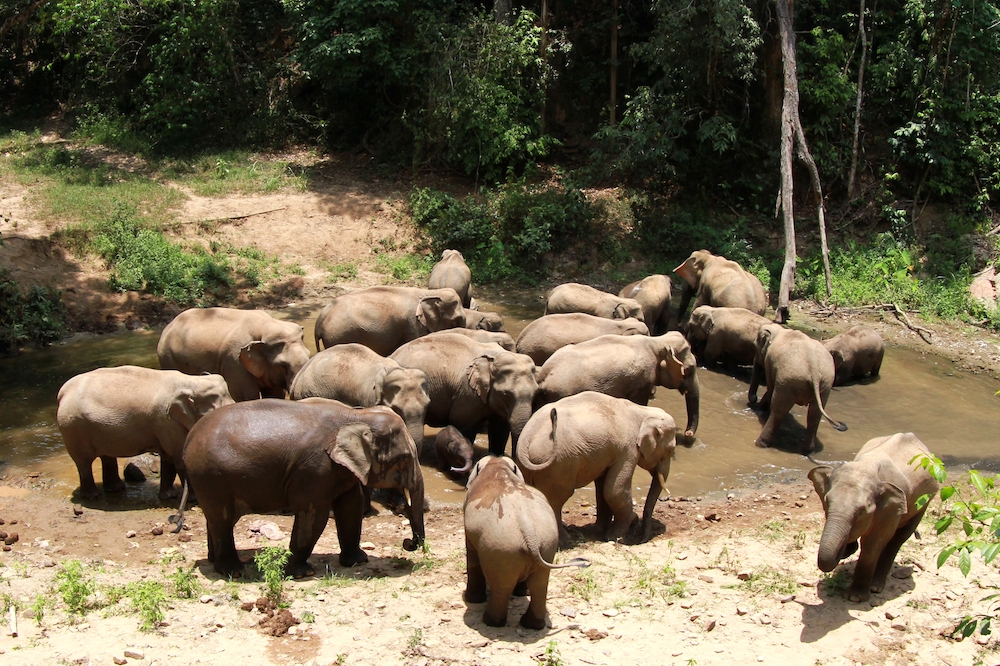BEIJING: On plateaus and mountains as well as in the rainforests, China is building the world’s largest national park system to protect biodiversity under the leadership of Chinese President Xi Jinping.
From Hainan gibbons to Tibetan antelopes, the population of wildlife has increased in the country’s national parks, an achievement worth celebrating on International Day for Biological Diversity, which falls on May 22.
Xi, also general secretary of the Communist Party of China Central Committee and chairman of the Central Military Commission, has been a strong advocate of protecting biodiversity. Building national parks, a project he has cared about and pushed forward, is an important step toward that end.
Addressing the leaders’ summit of the 15th meeting of the Conference of the Parties to the Convention on Biological Diversity (COP15) in October 2021, Xi announced China’s first five national parks: the Sanjiangyuan National Park, the Giant Panda National Park, the Northeast China Tiger and Leopard National Park, the Hainan Tropical Rainforest National Park and the Wuyishan National Park.
Together, they are home to nearly 30 percent of China’s key terrestrial wildlife species. The progress these national parks have made in protecting biodiversity can be seen in the numbers.
The population of Hainan gibbons, a rare primate living in the Hainan Tropical Rainforest National Park, has risen to 37 from 30 in 2019. The Sanjiangyuan National Park is now home to more than 70,000 Tibetan antelopes, a signature wildlife species of the park, in contrast to less than 20,000 in the 1990s.
New wildlife species have continued to appear, with 28 discovered in the Hainan park from 2019 to 2022, and 12 found in the Wuyishan National Park since 2021.
Xi has visited many of these national parks and made instructions on their development.
His genuine interest in the cause was evident when he made Wuyishan the first stop of his tour to east China’s Fujian Province in March 2021.
He gazed into the lush green expanse from the big monitor screen at the park’s administration center. Yellow tragopan, cobra, black bear and pangolin, precious animals that were once elusive and mysterious, are now frequently captured on camera.
The aim of building a nature reserve system centering on national parks is to keep the ecosystem intact and protect biodiversity, Xi said.
Later that year in northwest China’s Qinghai Province, he called for accelerated efforts in building a nature reserve system “centering on national parks, based on nature reserves and supplemented by various kinds of natural parks” to better protect the eco-environment and biodiversity.
To Xi, China’s national parks serve the interests of the Chinese nation and the global ecosystem. During a visit to the Hainan Tropical Rainforest National Park in spring 2022, as he ambled through the leaves of rare indigenous plants, Xi stopped from time to time to study the plants nearby. He dubbed the rainforest “a science museum of flora.” –Agencies






